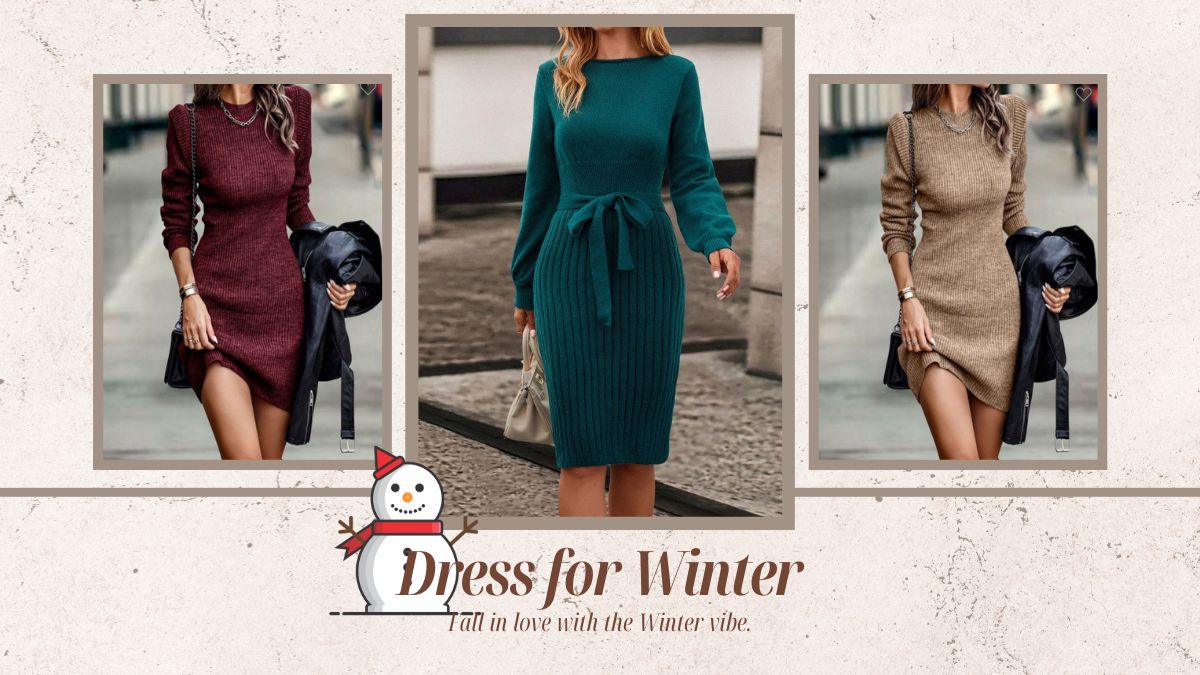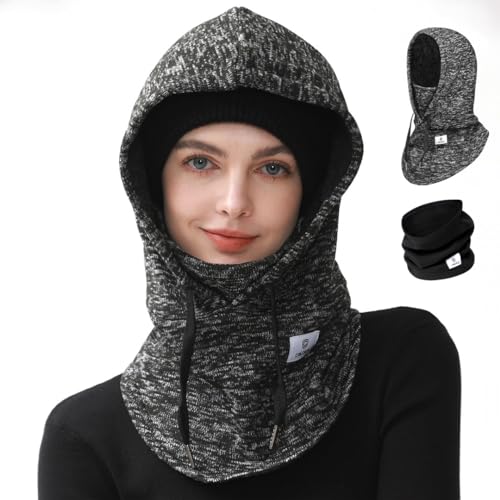Winter’s chill sets in, and it becomes harder to step out in style without bundling up in shapeless layers. However, dressing fashionably in winter is very much possible with some smart strategies. The key is choosing fabrics with insulating properties, having a versatile selection of winter wear, and layering pieces in a way that keeps you warm without compromising your personal aesthetic.
Table of Contents
Introduction
This comprehensive guide will provide tips and inspiration to help you create a functional yet fashionable cold weather wardrobe. You’ll learn how to pick stylish coats, versatile layering pieces, and accessories to take your winter style up a notch. From casual weekend outfits to dressy occasion looks, these tips will show you how to brave the cold while looking cute and staying cozy.
With some thoughtfulness and planning, you can absolutely dress for winter in style. So grab your favorite beanie and get ready to read on! This guide will provide all the tips you need to master cold weather fashion.
Chapter 1 – Planning Your Winter Wardrobe
The first step in perfecting your winter style is planning ahead when assembling your cold weather wardrobe. Here are some tips for choosing versatile essentials:
- Make a list of core winter items – This includes coats, jackets, sweaters, gloves, scarves, boots and other cold weather gear. Consider different weights, fabrics and styles to suit various temperatures and occasions.
- Focus on versatile neutral colors – Black, grey, navy and camel are ideal base colors that will match everything. Cream, white and metallics add crispness.
- Think about layering – Your winter wardrobe should include base layers, mid layers like sweaters and cardigans, and outer layers like coats, parkas and puffers. Having options allows you to adjust your level of warmth and coverage throughout the season.
- Consider functionality – Windproof, waterproof and insulating qualities are crucial for winter outerwear. But you can still find stylish pieces with weatherproof features by looking at brands like Canada Goose, Patagonia and The North Face.
When assembling your winter wardrobe, the objective is having staple pieces that will keep you warm through the coldest months while also providing endless mix-and-match possibilities. Invest in quality materials and timeless silhouettes that will serve you for many winters to come.
Here is a checklist of potential items to include in your winter wardrobe:
Outer Layers
- Wool coat
- Peacoat
- Trenchcoat
- Parka
- Puffer jacket
- Leather jacket
- Faux fur coat
Bottoms
- Jeans – dark wash, black
- Leggings – fleece-lined, thermal
- Joggers – cotton, wool
- Corduroy pants
- Wool trousers
Tops
- Turtlenecks – cotton, merino wool, cashmere
- Long sleeve tees
- Sweaters – cable knit, cowl neck, turtleneck, oversized
- Button-down shirt – flannel, corduroy
- Thermal top – silk, merino wool
Dresses & Skirts
- Sweater dress
- Jersey dress
- Corduroy skirt
- Velvet skirt
- Knit midi skirt
Shoes & Accessories
- Beanie
- Scarf
- Gloves – leather, wool, thermal
- Earmuffs
- Boots – ankle, knee-high
- Snow boots
- Shearling slippers
Use this winter wardrobe checklist as a guideline when shopping for the upcoming cold weather season. The specific pieces you choose will depend on your personal style, climate and budget. But having reliable cold weather staples that also reflect your preferences will ensure you stay cozy and stylish all winter long.
Winter Outfit Ideas Inspired by Street Style
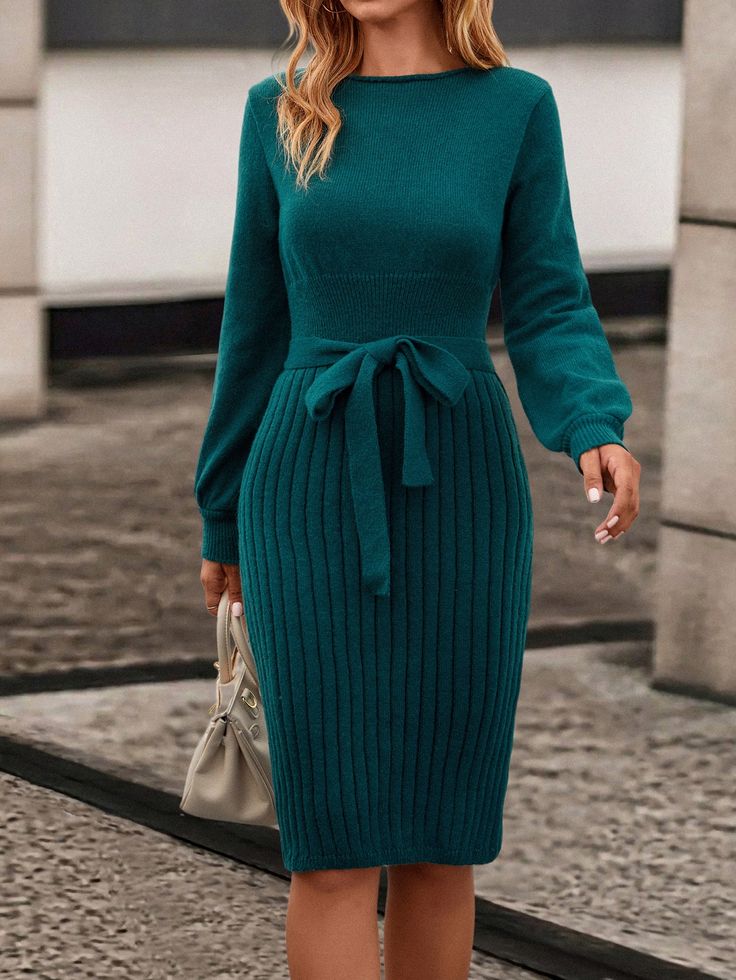
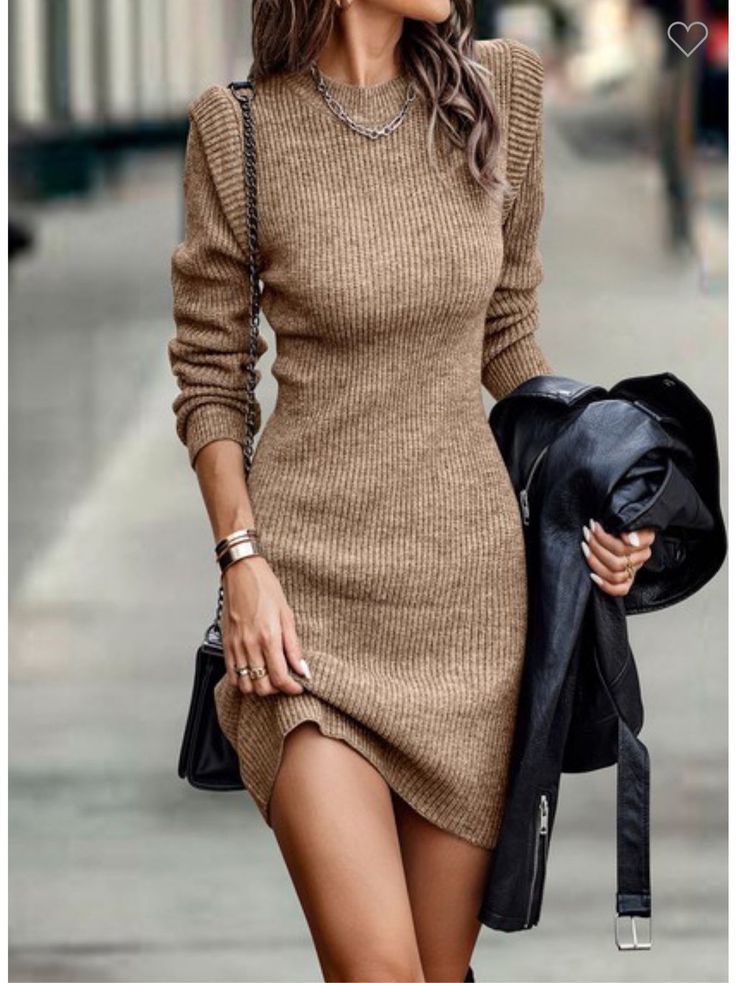
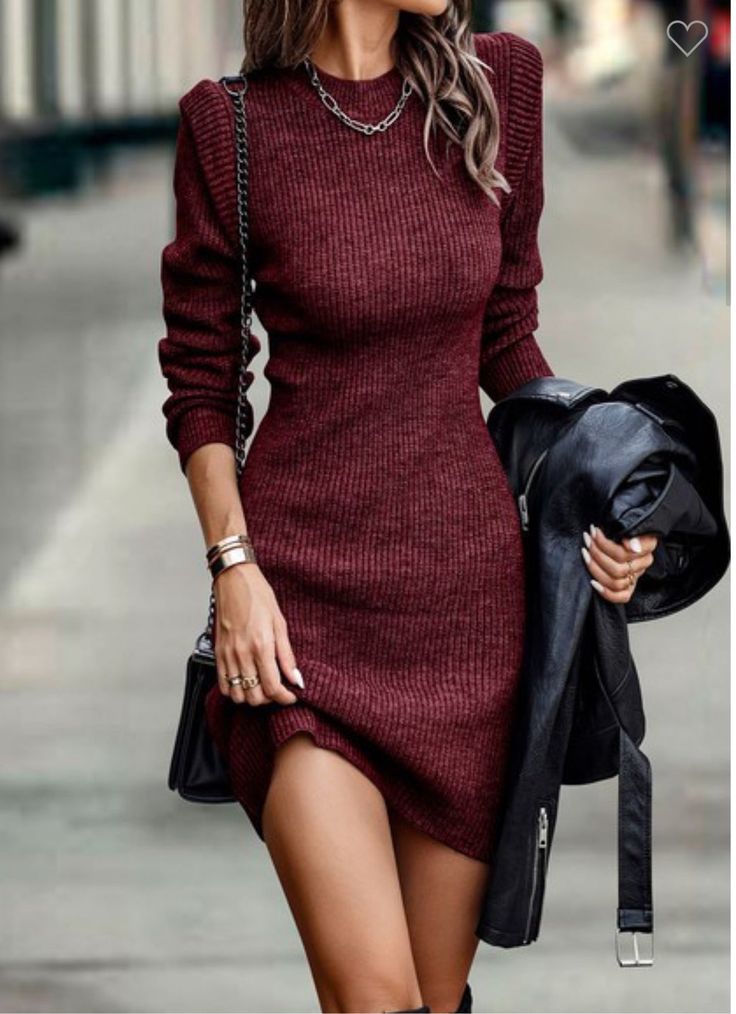
Chapter 2 – Choosing the Right Fabrics
Now that you have a winter wardrobe checklist, it’s time to look at fabrics. The materials you choose will make a big difference in providing warmth and weather resistance. Here are some of the best fabric options for cold weather clothing:
Natural Fibers
Wool – This natural fiber is warm, durable and breathable, making it ideal for winter wear. Merino wool is exceptionally soft. Choose wool coats, suits, sweaters, accessories and base layers.
Cashmere – Extremely soft and warm, cashmere makes luxurious sweaters, scarves, gloves, hats and coats. It’s lightweight yet insulating.
Alpaca – Similar to wool, alpaca fiber is soft, warm and breathable. It’s a bit lighter than wool. Choose alpaca sweaters, socks, gloves, etc.
Silk – A natural protein fiber, silk is smooth, lightweight and moisture-wicking. It makes excellent thermal base layers to wear under sweaters and jackets.
Cotton – Avoid cotton in winter outer layers because it absorbs moisture and loses insulation when wet. Reserve cotton for inside layers instead.
Leather & Suede – These natural materials make stylish, wind-resistant winter jackets and boots. Opt for real leather over faux leather whenever possible.
Synthetic Fabrics
Fleece – Made from recycled plastic, fleece is an insulating, wool-like material used in sweaters, jackets, vests and base layers.
Polyester – Durable, quick-drying, wrinkle-resistant and insulating. Makes good base layers and athletic outerwear.
Nylon – Strong, water-resistant and breathable. Often used with other materials in winter coats and ski/snowboard gear.
Spandex – Provides stretch and flexibility. Useful in form-fitting base layers and activewear.
Down – Fluffy insulation from duck or goose feathers. Offers maximum warmth for coats, parkas, jackets and vests.
When selecting fabrics, natural fibers like wool and cashmere will provide the most warmth for winter outerwear, while synthetic fleece and polyester work well as base layers. The best winter wardrobes utilize a blend of natural and synthetic fabrics to provide insulation, weather resistance and versatility.
Chapter 3 – Stylish Winter Coats & Jackets
The crown jewel of any winter wardrobe is a warm, weatherproof coat or jacket. Here are some stylish options to consider for your cold weather outerwear:
Knee-Length & Mid-Thigh Coats
Longer coats that hit anywhere from the knee to mid-thigh will keep your whole body toasty. Consider a:
- Wool dress coat or peacoat
- Puffer coat or parka
- Faux fur coat
- Trench coat
- Leather coat
- Down coat
These coat lengths are dressier than short jackets. They provide excellent coverage from cold and snow. Look for tailored silhouettes, hoods and fabrics like wool, down and leather.
Parkas
Parkas are a casual winter style staple. Opt for a parka with:
- Insulated down or synthetic fill
- Removable hood with faux fur trim
- Cinched waist for a flattering silhouette
- Windproof and water resistant exterior
Brands like Canada Goose, Nobis, Moose Knuckles and The North Face offer fashionable yet functional parkas.
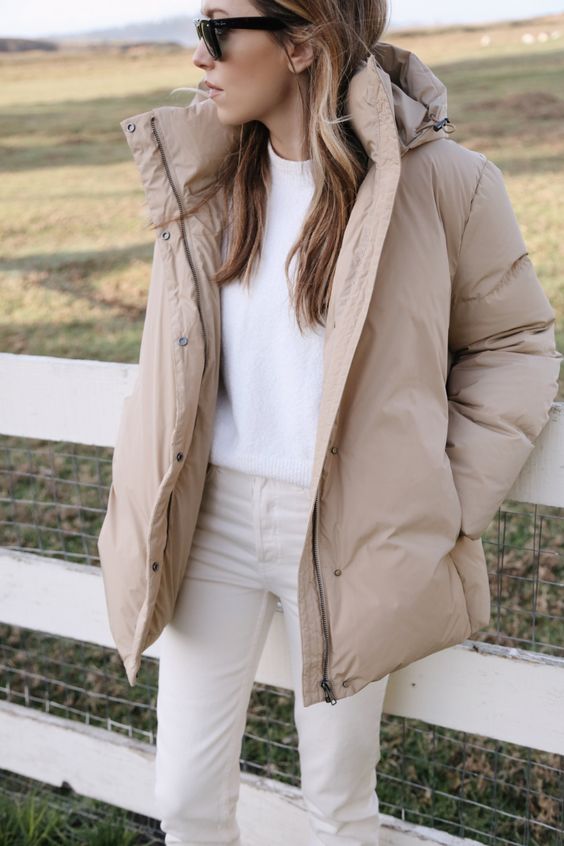
Puffer Jackets
For maximum warmth, you can’t beat the puffer jacket. Choose a puffer with:
- Down or synthetic insulation
- Shiny shell fabric
- Removable hood
- Elastic or cinched waistline
- Bold color like red, pink or teal
Oversized puffer jackets are very on-trend. Wear with skinny jeans, leggings or a dress for contrast.
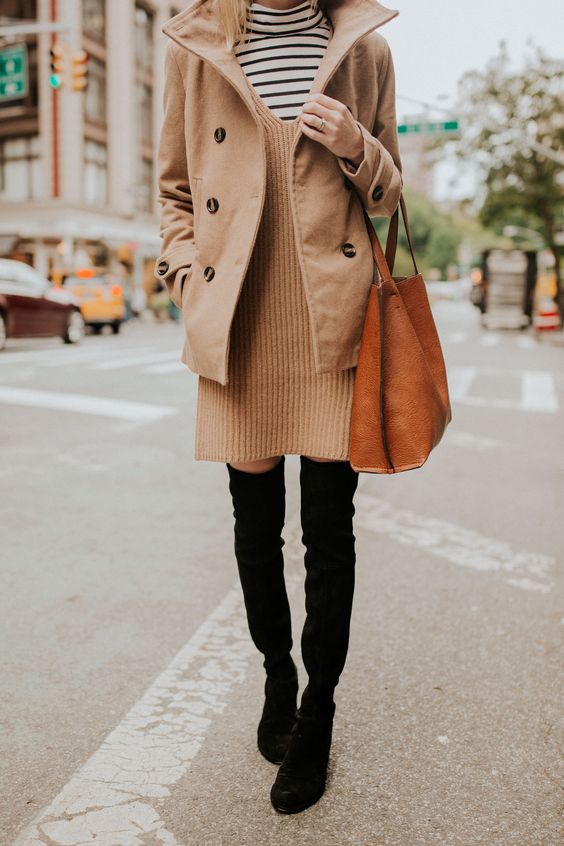
Peacoats
A wool peacoat evokes timeless naval style. Opt for a:
- Double-breasted front
- Wool blend fabrication
- Lapels and slash pockets
- Hip or thigh length
- Dark navy or charcoal gray color
Peacoats look polished when paired with workwear or dressed up outfits.
Leather & Faux Leather Jackets
Leather imparts downtown edge. Choose a:
- Classic moto jacket
- Aviator style bomber
- Cropped or oversized silhouette
- Black or tan color
Style leather jackets with jeans, leggings, dresses and boots. Faux leather is vegan-friendly.
Wool & Felt Coats
For sophisticated winter style, wool and felt coats deliver. Look for:
- Cashmere or wool-blend fabrication
- Double-breasted silhouette
- Notched lapels
- Princess seams for shaping
- Camel, gray, navy or red color
Pair these tailored coats with workwear, trousers, dresses and heels.
With endless options, there is a winter coat to match any personal style and temperature requirement. Invest in one or more of these stylish winter coat silhouettes.
Chapter 4 – Essential Accessories
A good winter wardrobe extends beyond jackets and coats. Accessorizing with cold weather gear will keep you snug outside:
Hats, Scarves & Gloves
Shield your head, neck, and hands from frigid temps.
- Knit beanies are a casual essential. Choose wool, cashmere or fleece.
- Balaclavas cover the head and neck. Fleece-lined are very insulating.
- Earmuffs rest over the ears without hat hair.
- Scarves should be made of insulating fabrics like wool, cashmere, fleece or alpaca.
- Gloves keep hands warm without sacrificing dexterity. Leather, wool, cashmere and shearling are nice options. For touchscreen use, get conductive gloves with special fingertip pads.
Matching your hat, scarf and gloves makes a stylish impact.
Socks & Boots
Don’t forget your feet!
- Wool socks provide cushioning and warmth. Select merino wool for softness.
- Fleece tights add leg insulation under pants and skirts.
- Snow boots have waterproof exteriors and insulation. Brands like Sorel and Kamik offer chic cold weather boots.
- Shearling boots are trendy. The soft lining keeps feet toasty.
Your footwear should be waterproof and grippy for icy conditions. Thermal, moisture-wicking socks will keep your feet warm and dry inside winter boots.
Base Layers
Worn under your outfits, base layers provide important insulation:
- Long underwear made of merino wool or silk helps retain body heat in frigid temps.
- Thermal tops and tights trap heat through the close fit and heat retention properties.
- Fleece leggings and hoodies are soft and warm for indoor and outdoor wear.
Having a few base layer options allows you to customize warmth. Don’t underestimate their value in keeping you cozy!
Accessories like scarves, gloves, socks and base layers are wardrobe MVPs that enable you to enjoy winter in comfort and style. Invest in high quality materials and pieces with technical properties like moisture wicking and touchscreen fingertips.
Chapter 5 – Dressing in Layers
Now that you understand fabric options and have a winter wardrobe checklist, it’s time to put together complete outfits. The key is layering – stacking pieces so insulation can trap body heat effectively. Follow these layering guidelines:
1. Base Layer
- Long underwear, thermal tops, silk underlayers
- Synthetic moisture-wicking athleticwear
- Lightweight merino wool tops and bottoms
This first layer clings to the skin and pulls moisture away from the body. Silk, merino wool and synthetics like polyester work well.
2. Middle Layer
- Flannel shirts, sweaters, fleece
- Hoodies, crewneck sweatshirts
- Cardigans, turtlenecks
- Vest, sweater dresses
The mid layer provides insulation and warmth. Use wool, cashmere, fleece, down or cotton here over the base layer.
3. Outer Layer
- Winter coats like parkas, puffers and faux fur
- Wool peacoats, trenches, topcoats
- Wind and water resistant shells
- Leather/faux leather moto jackets
The outer layer shields you from the elements like snow, wind, rain and cold. It should have weatherproof qualities.
Sample Layering Combos
Casual
- Silk long underwear
- Fleece pullover hoodie
- Down puffer jacket
Workwear
- Merino wool underlayer
- Turtleneck sweater
- Wool trench coat
Night Out
- Thermal leggings and top
- Lace bodysuit
- Faux leather moto jacket
Mix and match your base, middle and outer layers based on weather conditions and your schedule. Always start with breathable basics close to the skin.
Chapter 6 – Colors & Prints for Winter
Once your winter wardrobe is assembled, it’s time for the fun part – styling chic cold weather outfits! Use these color and print guidelines to create fashionable looks:
Colors
Rich jewel tones – Forest green, royal purple, ruby red, cobalt blue – these colors glow against winter backdrops.
Wintry whites – Cream, eggshell, winter white – these soft neutrals add lightness.
Metallic sheen – Gold, silver, copper, pewter – these shiny tones sparkle for holidays.
Classic black – Black matches everything and slims the silhouette.
Prints & Patterns
Plaid – Tartan patterns in scarves, coats, dresses and accessories channel a scholarly vibe.
Houndstooth – This black & white pattern boosts sophistication in coats and details.
Herringbone – The zigzag texture adds visual interest in wool, tweed and knits.
Nordic knits – Fair Isle and snowflake motifs nod to winter in sweaters and accessories.
Checks – Buffalo check/plaid in red and black is rustic and cozy.
Have fun mixing these recommended colors and prints for chic winter style. Use vivid hues to combat dreary weather and prints to liven up neutral coats.
Chapter 7 – Dressing for Winter Occasions
Now that you have winter wardrobe basics covered, here are tips for dressing stylishly for different occasions this season:
Winter Date Nights
Date nights call for romantic style. Try:
- Faux fur coat – Glamorous over a dress or feminine separates
- Leather moto jacket – Edgy leather makes a style statement
- Metallic accessories – Gold earrings, purse and heels add sparkle
- Open-toe booties – Bare your toes if wearing tights or leggings
- Sultry dress – Consider velvet, lace, or off-the-shoulder silhouettes
- Bold red lip – Make lips pop with crimson color
Cozy Winter Nights In
For nights relaxing at home, stay comfy in:
- Fleece hoodies – Soft, lightweight and warm
- Cozy joggers – Drawstring waist, elastic cuffs
- Fuzzy socks – Shearling, wool or anti-slip soles
- Oversized sweaters – Cashmere, wool or cotton styles
- Slippers – Fleece-lined for warmth
- Knit robes – Cashmere, wool, thick cotton
- Pajama sets – Flannels, thermal knits, soft jersey
Prioritize soft, insulating fabrics when dressing for winter downtime.
Winter Workwear
Office-appropriate style involves:
For women:
- Wool sheath dresses
- Blazers, slacks, pencil skirts
- Turtlenecks and sweater dresses
- Ankle booties with block or stiletto heels
- Trench coats or wool overcoats
For men:
- Wool suits with cashmere sweaters
- Flannel blazers under overcoats
- Thermal undershirts beneath dress shirts
- Leather boots with traction
Adapt your office-wear to cooler conditions with cozy layers underneath.
Winter Weddings & Events
Dressing for winter weddings, cocktail parties and formal occasions calls for:
- Long sleeves – Preferably padded or lined for warmth
- Velvet – For jackets, dresses and shoes
- Faux fur stoles – Drape over bare shoulders
- Metallics – Gold, silver and shimmery fabrics
- Dark palette – Emerald, navy, burgundy, charcoal
- Sheer tights – Provides leg coverage under dresses
Let fabrics like velvet and rich hues transport you to an elegant winter wonderland.
Adjust your styling approach based on whether you want to look polished, festive, casual or glamorous this winter. With the right mix of fabrics, silhouettes, colors and accessories you can create beautiful looks for any occasion.
Chapter 8 – Braving Extreme Cold
In very cold climates, form follows function when dressing for frigid winter weather. Here are tips for dressing sensibly yet stylishly when temperatures plummet:
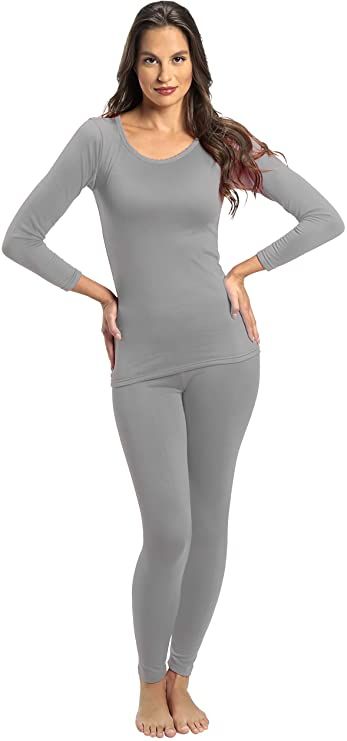
Essentials for Extreme Cold
- Down parka with hood
- Fleece-lined leggings and base layers
- Wool coats, vests, gloves
- Insulated, waterproof boots with grip
- Balaclava face mask
- Thermal underwear
- Hand and foot warmers
When it’s truly frigid out, choose gear designed for warmth over fashion. Seek out down, wool, fleece, and waterproof materials.
Conclusion
Dressing stylishly for winter may seem daunting, but taking a strategic approach makes it easy to stay fashionable and warm all season long. Start by collecting versatile cold weather wardrobe essentials in insulating fabrics like wool, down and leather. Layer them properly with fitted base layers and mid layers under weatherproof outerwear. Accessorize with protective items like gloves, scarves and hats. Implement winter-perfect colors and prints. Adjust your look from cozy nights in to snowy work commutes to holiday parties. And don't forget the importance of function over fashion in extremely frigid temperatures.
With an arsenal of practical winter garments along with creatively styled layering combos, you can beat the cold in comfort and style. Your clothing choices make a vibrant fashion statement and shield you from the elements at the same time.
Follow the tips in this winter style guide to highlight your personal taste while keeping warm. And don't let winter blues get you down – a sensational cold weather outfit can brighten up the dreariest winter day! Embrace the magical winter wonderland awaiting outside your door.
